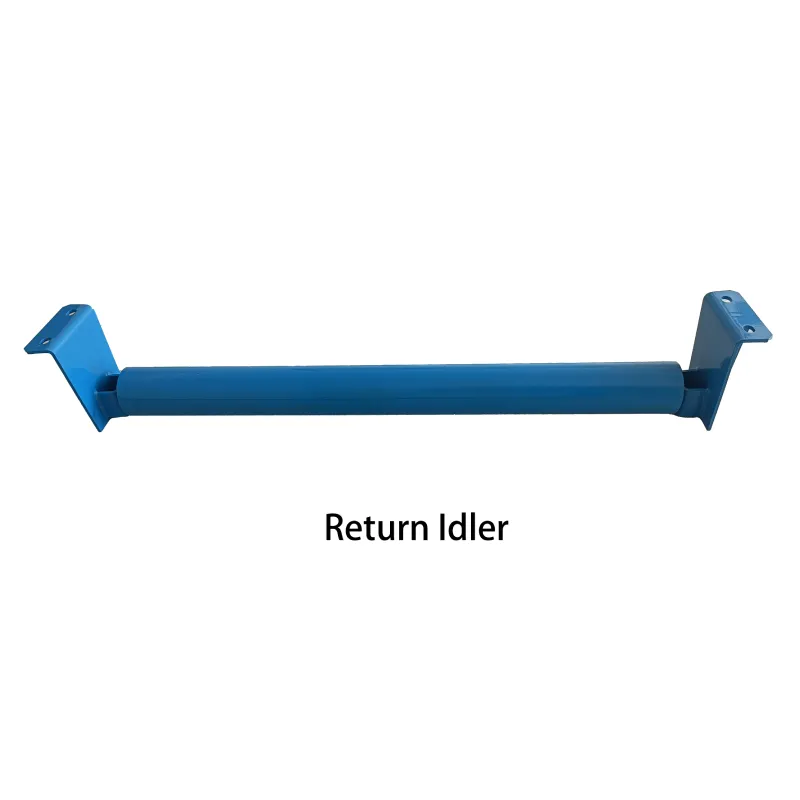 Afrikaans
Afrikaans  Albanian
Albanian  Amharic
Amharic  Arabic
Arabic  Armenian
Armenian  Azerbaijani
Azerbaijani  Basque
Basque  Belarusian
Belarusian  Bengali
Bengali  Bosnian
Bosnian  Bulgarian
Bulgarian  Catalan
Catalan  Cebuano
Cebuano  Corsican
Corsican  Croatian
Croatian  Czech
Czech  Danish
Danish  Dutch
Dutch  English
English  Esperanto
Esperanto  Estonian
Estonian  Finnish
Finnish  French
French  Frisian
Frisian  Galician
Galician  Georgian
Georgian  German
German  Greek
Greek  Gujarati
Gujarati  Haitian Creole
Haitian Creole  hausa
hausa  hawaiian
hawaiian  Hebrew
Hebrew  Hindi
Hindi  Miao
Miao  Hungarian
Hungarian  Icelandic
Icelandic  igbo
igbo  Indonesian
Indonesian  irish
irish  Italian
Italian  Japanese
Japanese  Javanese
Javanese  Kannada
Kannada  kazakh
kazakh  Khmer
Khmer  Rwandese
Rwandese  Korean
Korean  Kurdish
Kurdish  Kyrgyz
Kyrgyz  Lao
Lao  Latin
Latin  Latvian
Latvian  Lithuanian
Lithuanian  Luxembourgish
Luxembourgish  Macedonian
Macedonian  Malgashi
Malgashi  Malay
Malay  Malayalam
Malayalam  Maltese
Maltese  Maori
Maori  Marathi
Marathi  Mongolian
Mongolian  Myanmar
Myanmar  Nepali
Nepali  Norwegian
Norwegian  Norwegian
Norwegian  Occitan
Occitan  Pashto
Pashto  Persian
Persian  Polish
Polish  Portuguese
Portuguese  Punjabi
Punjabi  Romanian
Romanian  Russian
Russian  Samoan
Samoan  Scottish Gaelic
Scottish Gaelic  Serbian
Serbian  Sesotho
Sesotho  Shona
Shona  Sindhi
Sindhi  Sinhala
Sinhala  Slovak
Slovak  Slovenian
Slovenian  Somali
Somali  Spanish
Spanish  Sundanese
Sundanese  Swahili
Swahili  Swedish
Swedish  Tagalog
Tagalog  Tajik
Tajik  Tamil
Tamil  Tatar
Tatar  Telugu
Telugu  Thai
Thai  Turkish
Turkish  Turkmen
Turkmen  Ukrainian
Ukrainian  Urdu
Urdu  Uighur
Uighur  Uzbek
Uzbek  Vietnamese
Vietnamese  Welsh
Welsh  Bantu
Bantu  Yiddish
Yiddish  Yoruba
Yoruba  Zulu
Zulu Conveyor Rollers and Idlers for Efficient Material Handling Solutions
Understanding Conveyor Roller Idlers Key Components of Efficient Material Handling
Conveyor systems are integral to modern industries, enabling the swift and efficient transport of goods and materials across various stages of production and distribution. One critical component of these systems is the conveyor roller idler. Understanding the role and function of conveyor roller idlers can significantly enhance the performance and longevity of a conveyor system.
What Are Conveyor Roller Idlers?
Conveyor roller idlers are cylindrical rollers mounted on frames to support and guide the conveyor belt as it operates. They play a crucial role in maintaining the belt’s alignment, managing the tension, and reducing friction. These idlers are typically positioned along the conveyor’s length, forming a significant part of the structural support system.
Types of Conveyor Roller Idlers
There are several types of conveyor roller idlers, each designed to fulfill specific operational requirements. The most common types include
1. Carrier Idlers These are the most commonly used roller idlers that support the weight of the conveyed material. They are positioned under the belt in the carrying section.
2. Return Idlers These idlers support the belt on its return path. It ensures that the belt remains in proper alignment and tension while traveling back to the loading point.
3. Impact Idlers Placed in high-impact zones, such as where materials are loaded onto the belt, impact idlers are designed to absorb shock and prevent belt damage.
4. Training Idlers These are used to maintain proper belt alignment, preventing it from drifting during operation.
Each type of idler serves a distinct purpose and contributes to the overall efficiency of the conveyor system.
Importance of Conveyor Roller Idlers
The importance of conveyor roller idlers cannot be underestimated. Here are a few key reasons why they are necessary
conveyor roller idler

1. Support and Stability Idlers provide the necessary support to carry heavy loads without sagging or misalignment. This stability is crucial for maintaining the integrity of the conveyor system.
3. Efficient Material Handling Properly functioning idlers ensure smooth operation, which is vital for maintaining the pace of material handling. This efficiency translates to lower operational costs and improved productivity.
4. Maintenance Simplicity Idlers are designed for easy maintenance and replacement. Regular inspections and timely replacements can prevent larger system failures and costly downtimes.
Best Practices for Maintaining Conveyor Roller Idlers
To ensure the longevity and performance of conveyor roller idlers, certain maintenance practices should be followed
1. Regular Inspections Conduct routine checks for wear, misalignment, and other signs of damage. Early detection is key to preventing more significant issues.
2. Lubrication Ensure that moving parts are adequately lubricated to minimize friction and wear.
3. Adjustments Make timely adjustments to maintain proper tension in the conveyor belt, ensuring that it runs smoothly without slipping or causing strain on idlers.
4. Replacement of Worn Components Implement a proactive replacement policy for worn-out idlers to maintain peak performance.
Conclusion
Conveyor roller idlers are indispensable components of conveyor systems that enhance operational efficiency and material handling. Their various types cater to different needs within the system, contributing significantly to the overall performance. By prioritizing the maintenance of idlers, industries can ensure the smooth operation of their conveyor systems, ultimately leading to increased productivity and reduced operational costs. Understanding and managing conveyor roller idlers is key to optimizing material handling processes in any industrial setting.
-
Revolutionizing Conveyor Reliability with Advanced Rubber Lagging PulleysNewsJul.22,2025
-
Powering Precision and Durability with Expert Manufacturers of Conveyor ComponentsNewsJul.22,2025
-
Optimizing Conveyor Systems with Advanced Conveyor AccessoriesNewsJul.22,2025
-
Maximize Conveyor Efficiency with Quality Conveyor Idler PulleysNewsJul.22,2025
-
Future-Proof Your Conveyor System with High-Performance Polyurethane RollerNewsJul.22,2025
-
Driving Efficiency Forward with Quality Idlers and RollersNewsJul.22,2025





























